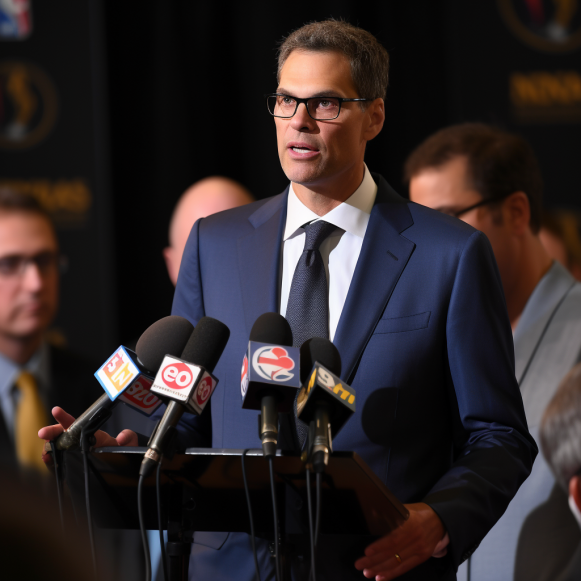I made about $500,000 in 12 months from the free Substack I started in college. Here’s how I scaled it into paid content in 6 months.

- Edwin Dorsey started his Substack, The Bear Cave, while in college after he investigated a company.
- He wrote about short selling, when people sell assets they’ve borrowed to buy them back for less.
- Dorsey shares how he got started and built a subscriber base of 53,000 readers.
This essay is based on an interview with Edwin Dorsey, a 25-year-old Substack blogger from New York. Insider has provided documentation to prove his income. The following has been condensed and edited for length and clarity.
I majored in economics in college and interned at two hedge funds, including Sophos. This is when I became more interested in short selling. I learned about the industry and how to conduct research on companies that other people would find useful.
I started looking into a company.
In my spare time, I began looking into Care.com, an online babysitting platform that is publicly traded.
My sophomore year, a friend who used it told me that he didn’t think they did thorough background checks. I began looking into it and discovered a slew of lawsuits against the company as well as local news reports raising safety concerns.
I decided to put the company’s security measures to the test and applied to be a babysitter under the alias “Harvey Weinstein.” To my surprise, they approved me right away.
I documented everything and contacted about 100 journalists. The Wall Street Journal picked it up and ran it on the front page. After that, I gained a small Twitter following.
I started my newsletter to attract the attention of employers.
Following the Care.com story, I decided to launch a free newsletter in February 2020, when I was a senior, in order to attract the attention of employers.
Every Sunday, I would summarize news about short selling in my free newsletter, The Bear Cave.
I had a lot of time to work on it when the pandemic struck. Every week, 100 or 200 executives resigned from large public companies. I’d sift through the information on each one, looking for any that seemed suspicious.
If a chief financial officer resigns after six years as part of a planned retirement, it’s not unusual, but if there’s a pattern of resignations, it’s worth looking into.
Such stories would be published in the newsletter. Three or four links to articles, SEC enforcement actions, or interesting blog posts and tweets would be included.
I spent three days direct messaging all 8,000 of my Twitter followers and sending emails to 150 college investment clubs to get them to sign up for my newsletter.
In the first six months, my free subscriber list grew to around 3,000 people, which felt enormous.
I started a paid newsletter.
A few people suggested I start a paid tier, which I did in October 2020 for $34 per month or $340 per year.
Subscribers received additional newsletters on the first and third Thursdays of each month, in addition to the free weekly email. In those, I’d conduct mini-investigations on companies that I suspected of deceiving investors or harming customers.
I accepted every offer to appear on podcasts in order to reach new audiences. I figured that if people saw my tweets, they’d sign up for the free newsletter, but if they listened to me for an hour and thought I was smart and likable, they’d be more likely to become a paid subscriber.
I had some early success with paid newsletters, where I conducted investigations using consumer complaints obtained through Freedom of Information requests. Planet Fitness, the company I wrote about, saw its stock fall after one investigation. Another time, in response to something I wrote, a company issued a press release.
My readers are primarily hedge-fund managers, lawyers, wealthy individuals interested in the market and corporate misconduct, and ordinary people interested in the stock market.
I realized the business model worked after one month of launching the paid newsletter and that it could be a full-time job.
I raised the price of my subscription.
In January 2021, I increased my subscription from $340 to $440, and in May, I increased it to $640.
Newsletters are excellent business models because they scale extremely well. If my readership doubles, I’ll earn twice as much money for the same amount of work.
The Bear Cave now has 53,000 free readers and 1,000 paid subscribers, and I earned around $500,000 in revenue in a year. Reader subscriptions provide the sole source of my income. I never bet against the companies about which I write, nor do I buy puts or stock shorts in general.
Every week, I devote six hours to the Sunday newsletter. Paid deep dives can take anywhere from 10 to 100 hours to complete. I can work as little as six hours per week, but I can work 100 hours per week if I have a large investigation.
Next, I want to start vlogging on YouTube. I believe what I do would be appropriate there.





